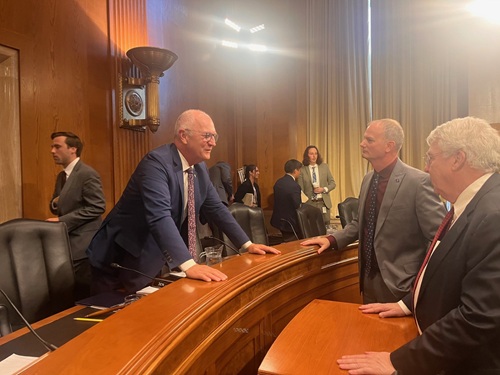A Senate Committee on Environment and Public Works hearing on July 23 delved into ways to improve America’s transportation infrastructure – soliciting input on that topic from two state departments of transportation leaders.
[Above photo by AASHTO]
Held by the EPW Transportation and Infrastructure Subcommittee, the hearing featured three witnesses: Chad Orn, deputy director of planning for the North Dakota Department of Transportation; Samantha Biddle, deputy secretary for the Maryland Department of Transportation, who will become the agency’s acting secretary on August 1; and Marisa Jones, managing director-policy and partnerships for the Safe Routes Partnership.
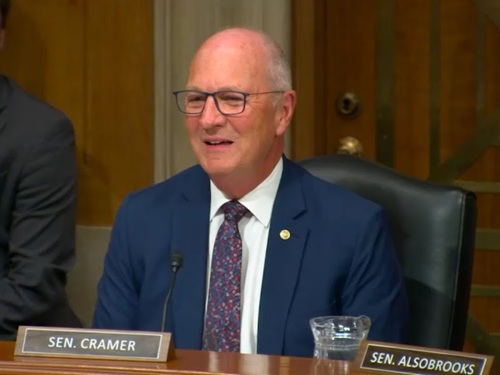
“As we look toward reauthorization, I’m focused on advancing practical, bipartisan policies to improve the efficiency and effectiveness of the federal Aid-highway program,” noted Sen. Kevin Cramer (R-ND), chair of the EPW T&I Subcommittee in his opening statement. “The formula system works and this committee has demonstrated a strong commitment to it over the years.”
“Expanding the flexibility to transfer federal highway funds between programs will allow Maryland and other states to better align resources with their most urgent transportation needs, whether its building resilient infrastructure, modernizing facilities, or addressing safety,” noted Sen. Angela Alsobrooks (D-MD), the subcommittee’s ranking member, in her opening statement. “If we fail to modernize our systems or respond to state specific needs, that is a lost opportunity in so many ways.”
North Dakota DOT’s Orn emphasized in his testimony that federal highway investment is “tremendously important” to the nation. “The USDOT [U.S. Department of Transportation] estimates that Americans take over a billion trips daily, and the overwhelming majority of [those] trips use the road system,” he explained. “Even those who do not travel on a given day benefit as trucks use the highways to get food, clothing, and other essentials to stores and households. Clearly, it is important to virtually all Americans that we do what we can to improve the highway and surface transportation system.”
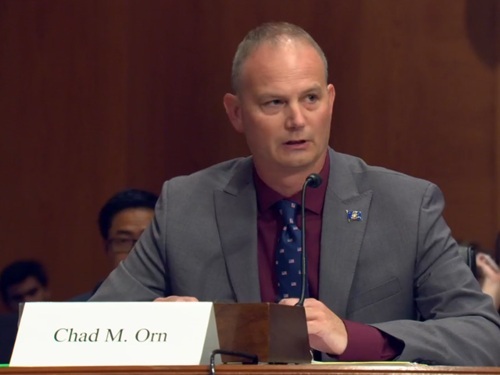
To that end, Orn stressed that states need federal support that is “flexible and effective” so they can promptly and effectively deliver meaningful projects to sustain and improve the country’s transportation networks.
“We would simplify both the highway program as a whole and individual program elements through actions such as reducing unnecessary requirements, whether [they are] rules, guidance, or other program conditions,” he said. “We would reduce the number of programs; reduce data collection burdens; and allow and increase transferability of dollars between highway program elements.”
Orn also underlined the extra importance those points have for rural states like North Dakota. “One of the reasons that we speak up on these and other specific regulatory and program requirements is that the burdens of regulatory and program requirements fall particularly heavily on rural states [that have] limited construction seasons and low populations,” he pointed out.
“Such states have limited staff and budgets to work through regulatory and program compliance while attending to the paramount task of delivering good projects and programs for the traveling public,” Orn explained. “Thus, delays and cost increases from requirements can limit the ability of rural states to help people through safer and better transportation.”
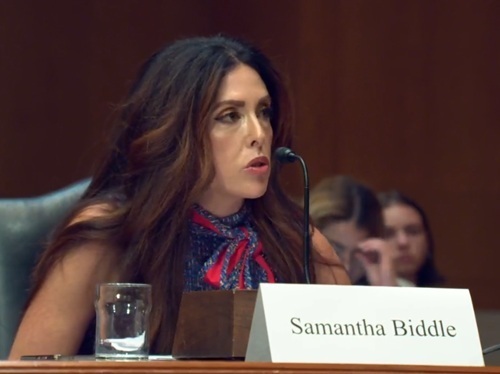
In her testimony, Maryland DOT’s Biddle said that Congress needs to expand the federal funding framework to support the “full spectrum” of national transportation needs in a “balanced” manner.
“Maryland DOT urges continued investment in predictable, formula-based funding for all modes – highways, transit, freight and passenger rail, ports, and aviation,” Biddle explained. “As a multimodal state DOT, Maryland DOT relies on cross-cutting programs to maintain flexibility and advance an integrated system.”
“As Congress begins crafting the next surface transportation authorization, [we] urge you to build upon the historic progress made in the Infrastructure Investment and Jobs Act (IIJA), with continued focus on predictability, flexibility, equity, safety, and sustainability,” she stressed.
“These themes are not abstract to us – they shape our work every day, from the Port of Baltimore to rural Western Maryland,” Biddle pointed out. “Maryland DOT’s experience shows that no one-size-fits-all approach can meet the complex needs of modern transportation; affording states with the flexibility and tools to build safer, more equitable, and more resilient infrastructure.”
She added that transportation projects that include proven safety countermeasures – such as protected bike lanes or high-visibility crosswalks – be made eligible for 100 percent federal cost share.
“These changes are especially important for disadvantaged communities that may lack local match funding but desperately need safety upgrades,” Biddle said.
Finally, she said Congress should continue funding the infrastructure resilience, electrification, and sustainability efforts established by the IIJA. “The ability to use federal highway funds for climate-adaptive infrastructure, shoreline protection, and multimodal investments is essential in Maryland, where nearly 3,200 miles of shoreline meet our dense, interconnected transportation network,” Biddle noted.
 Top Stories
Top Stories
Modal Administrators Speak at AASHTO Annual Meeting
December 5, 2025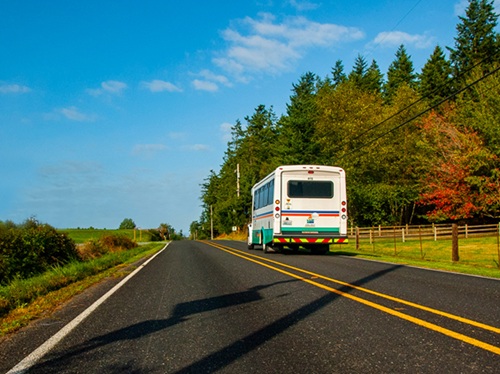 Top Stories
Top Stories
